Home>Articles>What Color Of The Light Bulb Is Best For Kitchen
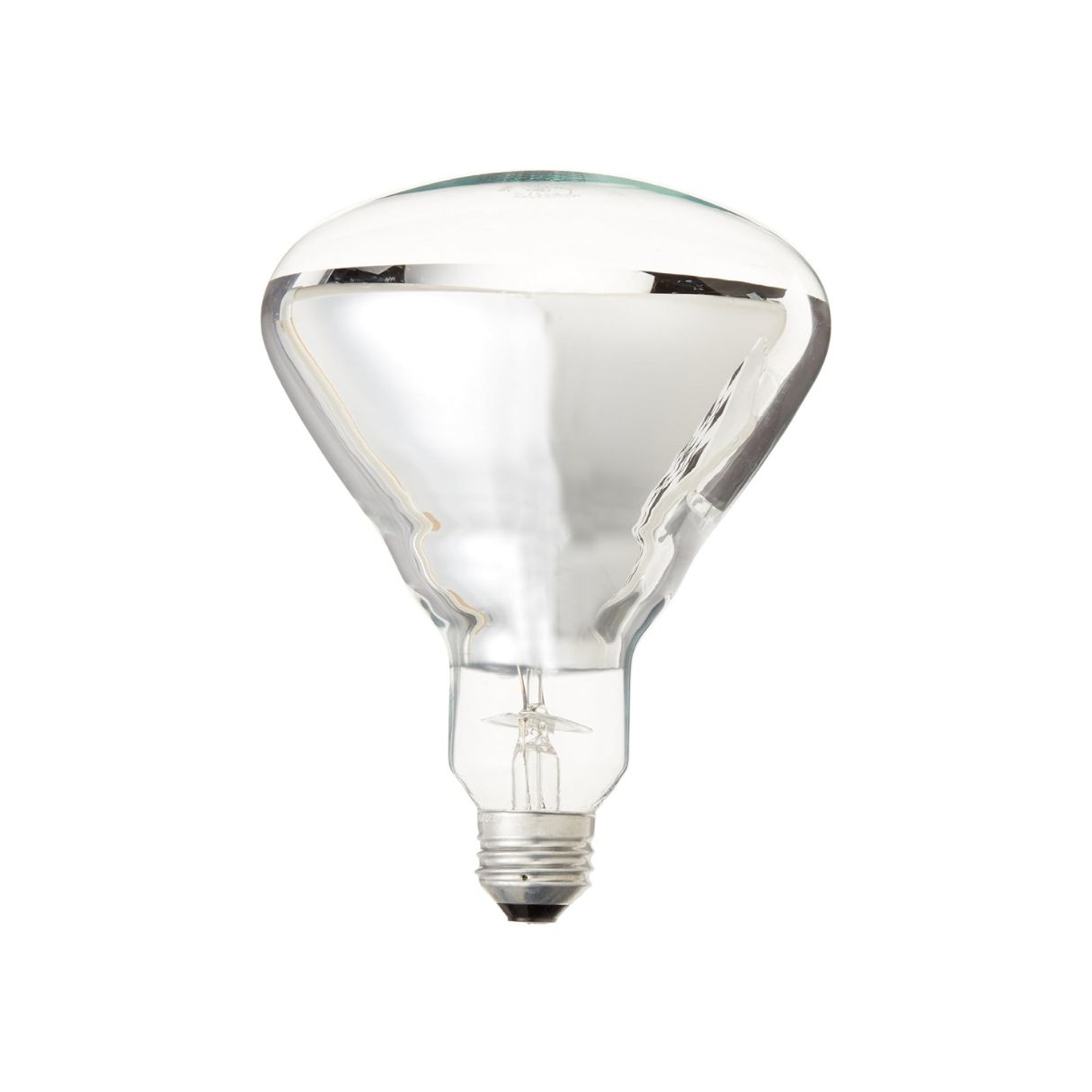

Articles
What Color Of The Light Bulb Is Best For Kitchen
Modified: January 22, 2024
Discover the best color light bulb for your kitchen with our informative articles. Transform your space with the perfect lighting solution.
(Many of the links in this article redirect to a specific reviewed product. Your purchase of these products through affiliate links helps to generate commission for Storables.com, at no extra cost. Learn more)
Introduction
Welcome to the world of lighting, where the right choice can transform your kitchen into a warm and inviting space. When it comes to kitchen lighting, it is not just about the fixtures and placement, but also about the type of light bulb you choose. The right light bulb can enhance the ambiance, functionality, and overall aesthetics of your kitchen.
Gone are the days when light bulbs were just a necessity. With advancements in technology, we now have a wide variety of light bulbs to choose from, each with its own unique features and benefits. One important factor to consider when selecting a light bulb is its color.
The color of light can have a significant impact on the mood and atmosphere of a room. In your kitchen, where you spend a considerable amount of time cooking, entertaining, and enjoying meals with family and friends, it is essential to choose the right color light bulb that not only provides adequate illumination but also enhances the overall experience.
In this article, we will explore the importance of choosing the right light bulb for your kitchen and discuss the factors to consider when making your selection. We will also delve into the role of color temperature in kitchen lighting and highlight the benefits of different color light bulbs specifically for the kitchen setting.
By the end of this article, you will have a clearer understanding of the best color light bulb for your kitchen and how it can elevate your cooking and dining experience.
Key Takeaways:
- Choose warm white light bulbs (2700K-3000K) for a cozy and inviting kitchen ambiance, perfect for family gatherings and relaxation.
- Consider natural/neutral white light bulbs (3500K-4000K) for accurate color representation and enhanced visibility, ideal for task-oriented areas like cooking and food preparation.
Importance of Choosing the Right Light Bulb for Your Kitchen
When it comes to the kitchen, lighting serves a dual purpose. It not only illuminates the space but also creates the right ambiance for cooking, dining, and socializing. Choosing the right light bulb for your kitchen is crucial and can make a significant difference in both functionality and aesthetics. Here’s why:
1. Adequate Illumination: The kitchen is a workspace where precise tasks such as chopping, cooking, and cleaning take place. Proper lighting is essential to ensure safety and efficiency in performing these tasks. Poor lighting can lead to accidents and inefficient work. By selecting the right light bulb, you can ensure that your kitchen is properly illuminated, allowing you to see clearly and work effectively.
2. Enhanced Ambiance: Apart from its functional aspect, lighting also contributes to the overall ambiance and mood of a room. In the kitchen, where family and friends often gather, the right light bulb can create a warm and inviting atmosphere. Whether you’re hosting a dinner party or enjoying a quiet meal with your loved ones, the right lighting can set the perfect mood for any occasion.
3. Highlighting Features: Your kitchen is full of design elements and features that you might want to showcase. From beautiful countertops to stylish cabinets, the right lighting can help highlight these features and add a touch of elegance to your kitchen. By choosing the right light bulb with the appropriate color temperature, you can accentuate the architectural details and design elements that make your kitchen unique.
4. Energy Efficiency: In today’s world, energy efficiency is a top priority for many homeowners. Choosing energy-efficient light bulbs not only helps you reduce your electricity bills but also benefits the environment. LED (Light Emitting Diode) and CFL (Compact Fluorescent Lamp) bulbs are known for their energy efficiency and longevity. By selecting these types of bulbs, you can make a positive impact on both your wallet and the planet.
5. Longevity: Nobody wants to be constantly replacing light bulbs, especially in hard-to-reach areas like the kitchen. By choosing light bulbs with a longer lifespan, you can minimize the frequency of bulb changes and reduce maintenance tasks. LED bulbs, in particular, have an impressive lifespan, lasting significantly longer than traditional incandescent bulbs.
Now that we understand the importance of choosing the right light bulb for your kitchen, let’s explore the factors to consider when making your selection.
Factors to Consider When Choosing a Light Bulb
Choosing the right light bulb for your kitchen involves considering several factors to ensure that you achieve the desired lighting effect. Here are some key factors to keep in mind when making your selection:
1. Brightness: The brightness of a light bulb is measured in lumens. When it comes to the kitchen, it is important to strike a balance between adequate light for tasks and a comfortable level of brightness. Consider the size of your kitchen and the activities that take place in it. For larger kitchens or areas where detailed tasks are performed, opt for higher lumen output. For smaller kitchens or areas where a softer ambiance is desired, a lower lumen output will suffice.
2. Color Temperature: Color temperature refers to the perceived warmth or coolness of the light emitted by a bulb. It is measured in Kelvin (K) and can greatly impact the mood in your kitchen. Warmer color temperatures (2700K-3000K) tend to create a cozy and inviting atmosphere, while cooler color temperatures (4000K-5000K) provide a brighter and more energizing feel. Consider the desired ambiance and functionality of your kitchen when choosing the color temperature of your light bulb.
3. Bulb Type: There are various types of light bulbs available, such as incandescent, halogen, CFL, and LED. Each has its own set of characteristics, including energy efficiency, lifespan, and light quality. LED bulbs are rapidly becoming the preferred choice due to their energy efficiency, durability, and versatility. Consider your specific lighting needs and preferences when selecting the type of bulb for your kitchen.
4. Color Rendering Index (CRI): The Color Rendering Index measures how accurately a light source represents the colors of objects. A high CRI value (above 80) indicates that the colors will appear more vibrant and true to life. In the kitchen, where you want to accurately see the colors of your ingredients, dishes, and decor, choose light bulbs with a high CRI to enhance visibility and visual appeal.
5. Dimmability: If you desire the flexibility to adjust the brightness level in your kitchen, consider opting for dimmable light bulbs. Dimming capabilities allow you to easily set the right ambiance for different occasions, whether it’s bright lighting for meal preparation or softer lighting for a cozy dinner party.
6. Energy Efficiency: As mentioned earlier, energy efficiency is an important consideration for both cost savings and eco-friendliness. Look for light bulbs with the ENERGY STAR label or bulbs that are specifically designed to be energy-efficient, such as LED or CFL bulbs. These bulbs consume less energy and have a longer lifespan, making them a more sustainable choice.
By taking these factors into account, you can make an informed decision when choosing the right light bulb for your kitchen. In the next section, we will delve into the role of color temperature in kitchen lighting and explore the best color temperature options for your kitchen.
The Role of Color Temperature in Kitchen Lighting
Color temperature plays a crucial role in setting the mood and ambiance of your kitchen. It refers to the color appearance of the light emitted by a bulb, ranging from warm, yellowish tones to cool, bluish tones. Understanding the impact of color temperature in kitchen lighting can help you create the desired atmosphere and functionality. Let’s explore the role of color temperature in more detail:
1. Warm White (2700K-3000K): Warm white light bulbs emit a soft and cozy glow, similar to traditional incandescent bulbs. They create a warm and inviting atmosphere, making them ideal for kitchen spaces where you want to create a comfortable and homely feel. Warm white light is often associated with relaxation, making it perfect for casual family meals or intimate gatherings.
2. Natural/Neutral White (3500K-4000K): Natural or neutral white light bulbs are closer to daylight, providing a balanced and crisp illumination. This color temperature is suitable for kitchens where tasks require precise attention to detail, such as cooking, chopping, and reading recipes. Natural white light enhances visibility and color accuracy, ensuring that you can see ingredients, kitchen tools, and food with clarity.
3. Cool White/Daylight (5000K-6500K): Cool white or daylight bulbs emit a bright and energizing light similar to natural sunlight. These bulbs are ideal for kitchens where maximum visibility and focus are required. Cool white light can help create a vibrant and lively atmosphere, making it suitable for busy kitchens or areas where you need to stay alert and active. However, it is worth noting that cool white light may not be suitable for every part of the kitchen, as it can create a stark and clinical feel if overused.
The choice of color temperature depends on personal preference, kitchen design, and the desired mood you want to create. You can also mix and match different color temperatures within your kitchen to achieve a balance of task lighting and ambient lighting. For example, you may use warm white light for general illumination while incorporating natural white light for task areas such as the countertop or the cooking area.
Now that we have explored the role of color temperature in kitchen lighting, let’s dive deeper into the benefits of different color light bulbs specifically for the kitchen setting.
Best Color Temperature for Kitchen Lighting
When it comes to selecting the best color temperature for kitchen lighting, it ultimately depends on your personal preferences and the specific atmosphere you want to create. However, here are some general recommendations for the most suitable color temperatures in different areas of your kitchen:
1. General Lighting: For the main lighting in your kitchen, a color temperature range of 2700K-4000K is typically recommended. This range includes warm white and natural/neutral white light. Warm white light (2700K-3000K) creates a cozy and inviting ambiance conducive to relaxation and socializing. Natural/neutral white light (3500K-4000K) provides a balanced and crisp illumination that is ideal for cooking, food preparation, and daily activities.
2. Task Lighting: Task lighting plays a vital role in areas where detailed tasks are performed, such as the kitchen countertop, stove, and sink. For these areas, it is best to opt for a color temperature in the natural/neutral white range (3500K-4000K). This color temperature provides excellent color accuracy, ensuring that you can see ingredients, read recipes, and perform tasks with precision.
3. Accent Lighting: Accent lighting is used to highlight specific features or areas of interest in your kitchen, such as artwork, shelves, or architectural elements. The best color temperature for accent lighting may vary depending on the desired effect. Warm white light (2700K-3000K) can create a cozy and intimate ambiance, while cool white light (5000K-6500K) can provide a more dramatic and contemporary feel. Experiment with different color temperatures to find the one that enhances the visual appeal of the accentuated areas.
Remember that these recommendations are not set in stone, and you have the flexibility to customize and mix different color temperatures based on your preferences and the specific requirements of your kitchen. Don’t be afraid to experiment and create a lighting design that suits your style and needs.
In addition to color temperature, it is also worth considering the use of dimmers or smart lighting systems that allow you to adjust the intensity and color temperature of your kitchen lights. These features provide added flexibility and control over the ambiance of your kitchen, allowing you to adapt the lighting to different tasks and occasions.
By choosing the right color temperature for different areas of your kitchen, you can create a harmonious and functional lighting scheme that enhances the aesthetics and functionality of the space. In the next sections, we will explore the specific benefits of warm white, natural/neutral white, and cool white light bulbs in the kitchen setting.
A tip for choosing the best light bulb for your kitchen is to go for a bulb with a color temperature between 2700-3000 Kelvin, which provides a warm and inviting light that is ideal for cooking and socializing.
Read more: How To Color A Light Bulb
Benefits of Warm White Light Bulbs in the Kitchen
Warm white light bulbs, typically in the range of 2700K-3000K, offer a cozy and inviting illumination in the kitchen. Here are some benefits of using warm white light bulbs in your kitchen:
1. Creates a Comfortable Ambiance: Warm white light provides a soft and warm glow that creates a welcoming and comfortable atmosphere in your kitchen. This cozy ambiance is perfect for family gatherings, relaxed meals, and entertaining guests. It can make your kitchen feel more inviting and inviting, making it a pleasant space to spend time in.
2. Enhances Relaxation: The warm tones of the light can have a relaxing effect on your mind and body. After a long day, stepping into a kitchen bathed in warm white light can help you unwind and relieve stress. It creates a soothing environment that promotes a sense of tranquility and calmness.
3. Complements Warm Tones in Decor: If your kitchen features warm color tones in the decor, such as wooden cabinetry or earthy tones, warm white light bulbs can complement and enhance these elements. The warm light casts a gentle glow on the surfaces, highlighting the richness and depth of the colors, creating a cohesive and harmonious look.
4. Creates a Cozy Dining Atmosphere: If you have a dining area within your kitchen, warm white light bulbs can create an intimate and cozy atmosphere for meals. The warm glow adds a sense of intimacy and encourages conversation and connection during dinner. It can make your dining experience more enjoyable and memorable.
5. Softens Harshness: In some kitchens, especially those with white or glossy surfaces, the use of cool white light bulbs can create a harsh and clinical feel. Warm white light bulbs help soften the overall ambiance, reducing the starkness and creating a more inviting environment. It adds just the right amount of warmth to counterbalance the coolness of the materials.
6. Ideal for Evening and Nighttime: Warm white light bulbs are particularly suitable for evening and nighttime use in the kitchen. As the sun sets and darkness falls, the warm light creates a cozy and calming atmosphere, making your kitchen feel like a sanctuary. It is gentle on the eyes and provides a soothing environment for winding down.
These benefits make warm white light bulbs a popular choice for kitchens, especially if you value a warm and inviting ambiance. However, it’s important to consider the specific needs of your kitchen and how warm white light will complement your overall lighting design.
In the next sections, we will explore the benefits of natural/neutral white light bulbs and cool white light bulbs in the kitchen setting to help you make a well-informed decision.
Benefits of Natural/Neutral White Light Bulbs in the Kitchen
Natural/Neutral white light bulbs, typically in the range of 3500K-4000K, offer a balanced and crisp illumination in the kitchen. Here are some benefits of using natural/neutral white light bulbs in your kitchen:
1. Accurate Color Representation: One of the significant benefits of natural/neutral white light bulbs is their ability to accurately represent colors. These bulbs emit a light that closely resembles natural daylight, making it easier to distinguish the true colors of ingredients, decor, and other elements in the kitchen. This is especially important when it comes to food preparation and cooking, as it allows you to see the vibrant hues of fruits, vegetables, and spices with clarity.
2. Enhances Visibility: The crisp and bright illumination provided by natural/neutral white light bulbs improves visibility in the kitchen. This makes it easier to read recipes, measure ingredients, and perform tasks with precision. Whether you’re chopping vegetables or following a complex cooking technique, having ample visibility helps streamline your workflow and reduces the chances of errors or accidents.
3. Creates a Clean Aesthetic: Natural/neutral white light bulbs have a clean and fresh appearance that can enhance the overall aesthetic of your kitchen. Their balanced color temperature complements a wide range of kitchen designs and materials, from sleek modern kitchens to classic farmhouse styles. It adds a touch of sophistication and modernity to the space, making it feel crisp and well-illuminated.
4. Versatile Lighting Option: Natural/neutral white light bulbs offer a versatile lighting option that accommodates various activities in the kitchen. Whether you’re meal prepping, reading a recipe book, or doing general kitchen tasks, this type of light provides the right balance between brightness and comfort. It is suitable for both daytime and nighttime use, ensuring consistent and reliable lighting throughout the day.
5. Balanced Ambiance: Natural/neutral white light bulbs strike a balance between warm and cool tones, creating a pleasing and well-balanced ambiance in the kitchen. It offers a level of brightness that is sufficient for performing tasks while still being comfortable for casual activities and socializing. The light is crisp and energizing, making it an ideal choice for kitchens that serve as a hub for multiple purposes.
6. Enhances Depth Perception: The bright and accurate illumination provided by natural/neutral white light bulbs enhances depth perception in the kitchen. This can be particularly beneficial in areas where precise measurements or knife work is required. With better depth perception, you can navigate the kitchen space more confidently and safely.
Considering these benefits, natural/neutral white light bulbs are a versatile and reliable choice for kitchen lighting. They provide excellent color accuracy, enhance visibility, and create a clean and contemporary aesthetic. However, it is essential to evaluate your specific lighting needs and consider how natural/neutral white light will complement your kitchen design and activities.
In the next section, we will explore the benefits of cool white light bulbs in the kitchen setting to provide you with a comprehensive understanding of your options.
Benefits of Cool White Light Bulbs in the Kitchen
Cool white light bulbs, typically in the range of 5000K-6500K, offer a bright and energizing illumination in the kitchen. While warm white and natural/neutral white light bulbs are commonly preferred, cool white light bulbs also have their benefits and can be suitable for certain kitchen settings. Here are some advantages of using cool white light bulbs in your kitchen:
1. Increased Alertness and Focus: Cool white light bulbs emit a bright and crisp light similar to natural daylight. This type of light has a stimulating effect and can help increase alertness and focus. In the kitchen, where precision and attention to detail are important, cool white light can help you stay sharp and perform tasks with accuracy.
2. Optimal Visibility: Cool white light bulbs provide excellent visibility in the kitchen, ensuring that you can see every detail clearly. This is especially beneficial when working with small ingredients or reading fine print on packaging or recipes. The bright and daylight-like illumination provides a high level of contrast, making it easier to distinguish between different objects and textures in the kitchen.
3. Modern and Contemporary Appearance: With its bright and clean illumination, cool white light presents a modern and contemporary look in the kitchen. It pairs well with sleek and minimalist kitchen designs and can enhance the visual appeal of stainless steel appliances and glossy surfaces. Cool white light creates a fresh and vibrant atmosphere, making your kitchen feel sleek and polished.
4. Highlighting White and Cool-Toned Decor: If your kitchen features white cabinets, countertops, or cool color schemes, cool white light bulbs can help enhance the crispness and brightness of these elements. This color temperature can create a striking contrast and bring out the colors and textures of the materials used in your kitchen. It can add a touch of sophistication and elegance to the space.
5. Ideal for Task-Oriented Areas: Cool white light bulbs are particularly effective in task-oriented areas of the kitchen, such as the cooking area or workspace. The bright illumination enhances visibility and allows you to see the details of your ingredients and food preparation. It is suitable for moments when precision is essential, like reading small measurements, checking the doneness of food, or working with intricate recipes.
6. Illuminates Darker Spaces: If your kitchen has limited natural light or darker corners, cool white light bulbs can help brighten up these areas. Their high intensity ensures that even the darkest corners are well-illuminated, making your kitchen feel more spacious and inviting. It can also serve as a supplementary light source in areas where natural light is limited or during nighttime cooking sessions.
When considering cool white light bulbs for your kitchen, keep in mind that they can create a more clinical and stark ambiance compared to warm white or natural/neutral white light bulbs. It is crucial to strike a balance and avoid overwhelming the space with cool white light. A combination of cool white and warm white/natural white light can provide a well-rounded and versatile lighting scheme in your kitchen.
Now that we have explored the benefits of warm white, natural/neutral white, and cool white light bulbs in the kitchen, it’s essential to consider other factors that impact kitchen lighting. In the next section, we will discuss additional factors to consider when selecting light bulbs for your kitchen.
Other Factors to Consider for Kitchen Lighting
While color temperature is a crucial consideration in choosing the right light bulbs for your kitchen, there are several other factors that you should take into account to create an effective and functional lighting design. Here are some additional factors to consider:
1. Fixture Compatibility: Ensure that the light bulbs you choose are compatible with the fixtures in your kitchen. Different fixtures have specific requirements and restrictions, such as maximum wattage or bulb type. It’s important to check the manufacturer’s guidelines or consult with a lighting professional to ensure that the light bulbs you select are suitable for your fixtures.
2. Dimming Capability: Consider whether you want to have the option to dim the lights in your kitchen. Dimmable light bulbs allow you to adjust the intensity of the lighting to suit different activities and moods. Make sure that both your light bulbs and dimmer switches are compatible to achieve smooth and flicker-free dimming capabilities.
3. Energy Efficiency: Opting for energy-efficient light bulbs not only helps reduce your electricity bills but also contributes to sustainable living. LED (Light Emitting Diode) bulbs are known for their energy efficiency, longevity, and eco-friendliness. They consume significantly less energy compared to incandescent bulbs, making them a cost-effective and environmentally friendly choice for your kitchen lighting.
4. Beam Angle: Consider the beam angle of the light bulbs, which determines the spread and direction of the light. The right beam angle can help you achieve proper coverage and eliminate dark spots or shadows in your kitchen. A wider beam angle is suitable for general lighting, while a narrower beam angle is ideal for task or accent lighting.
5. Maintenance and Lifespan: Evaluate the lifespan and maintenance requirements of the light bulbs you choose. LED light bulbs, for example, have a much longer lifespan compared to incandescent or halogen bulbs. This means you’ll have to replace them less often, saving you time and money in the long run. Additionally, consider the accessibility of the light fixtures to ensure ease of maintenance when replacement is necessary.
6. Budget: Set a budget for your kitchen lighting project, including the cost of the light bulbs, fixtures, and any additional components required. Higher-quality bulbs may come with a higher upfront cost but can result in long-term savings due to their energy efficiency and extended lifespan.
7. Lighting Layers: Remember that a well-designed lighting plan incorporates different layers of light to accommodate various needs and create a visually appealing space. Consider incorporating ambient lighting, task lighting, and accent lighting to achieve a well-balanced and functional kitchen lighting design.
By considering these factors, you can ensure that your chosen light bulbs not only provide the desired color temperature but also meet the practical and aesthetic requirements of your kitchen. Creating a cohesive and effective lighting design will enhance the functionality, ambiance, and overall visual appeal of your kitchen.
Now that we have explored the various factors to consider for kitchen lighting, let’s summarize the importance of choosing the right light bulb and wrap up our discussion.
Conclusion
Choosing the right light bulb for your kitchen is paramount to create a welcoming and functional space. The color temperature of the light bulb plays a significant role in setting the mood and ambiance of your kitchen, with warm white, natural/neutral white, and cool white being the primary options available.
Warm white light bulbs, with their cozy and inviting glow, create a comfortable atmosphere ideal for gatherings and relaxation. Natural/neutral white light bulbs offer accurate color representation and enhanced visibility, making them suitable for task-oriented areas. Cool white light bulbs provide a bright and energizing illumination, increasing alertness and focus in the kitchen.
When selecting light bulbs for your kitchen, consider factors such as fixture compatibility, dimming capability, energy efficiency, beam angle, maintenance, and budget. A well-designed lighting plan incorporates multiple layers of light, including ambient, task, and accent lighting, to achieve a balance of functionality and aesthetics.
By carefully considering these factors and understanding the benefits of different light bulb options, you can create a kitchen lighting design that enhances your cooking experience, improves safety, and adds a touch of elegance to your space.
Remember, the key is to find the right balance between functionality and visual appeal. Whether you prefer the warmth of a cozy kitchen or the brightness of a functional workspace, selecting the right light bulb is an essential step towards creating a kitchen that meets your needs and reflects your personal style.
So, take the time to explore different light bulb options, experiment with color temperatures, and consult with lighting professionals if needed. With the right light bulbs showcasing your kitchen in its best light, you can transform it into a truly remarkable and inviting space for cooking, dining, and creating wonderful memories.
Frequently Asked Questions about What Color Of The Light Bulb Is Best For Kitchen
Was this page helpful?
At Storables.com, we guarantee accurate and reliable information. Our content, validated by Expert Board Contributors, is crafted following stringent Editorial Policies. We're committed to providing you with well-researched, expert-backed insights for all your informational needs.

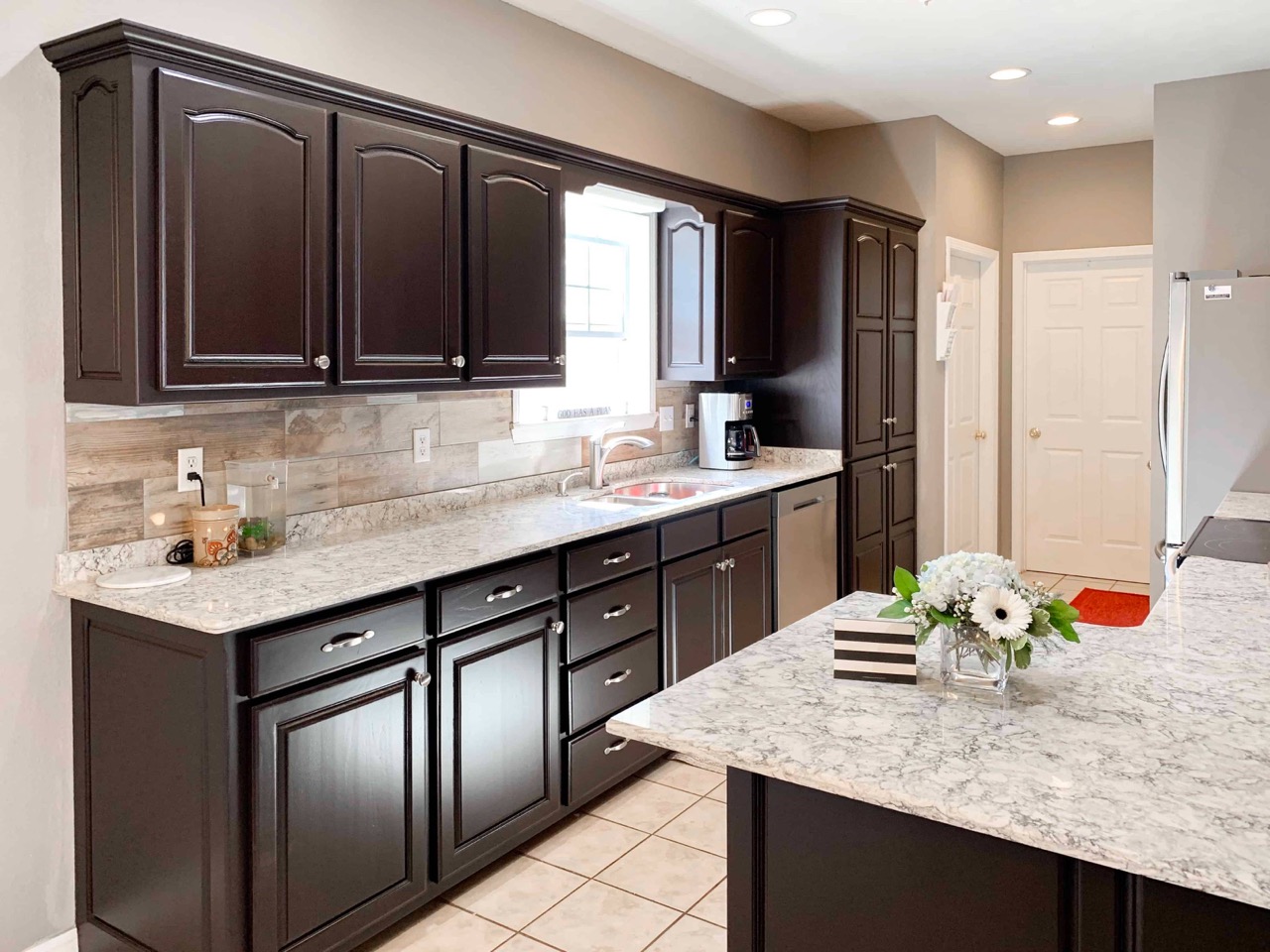
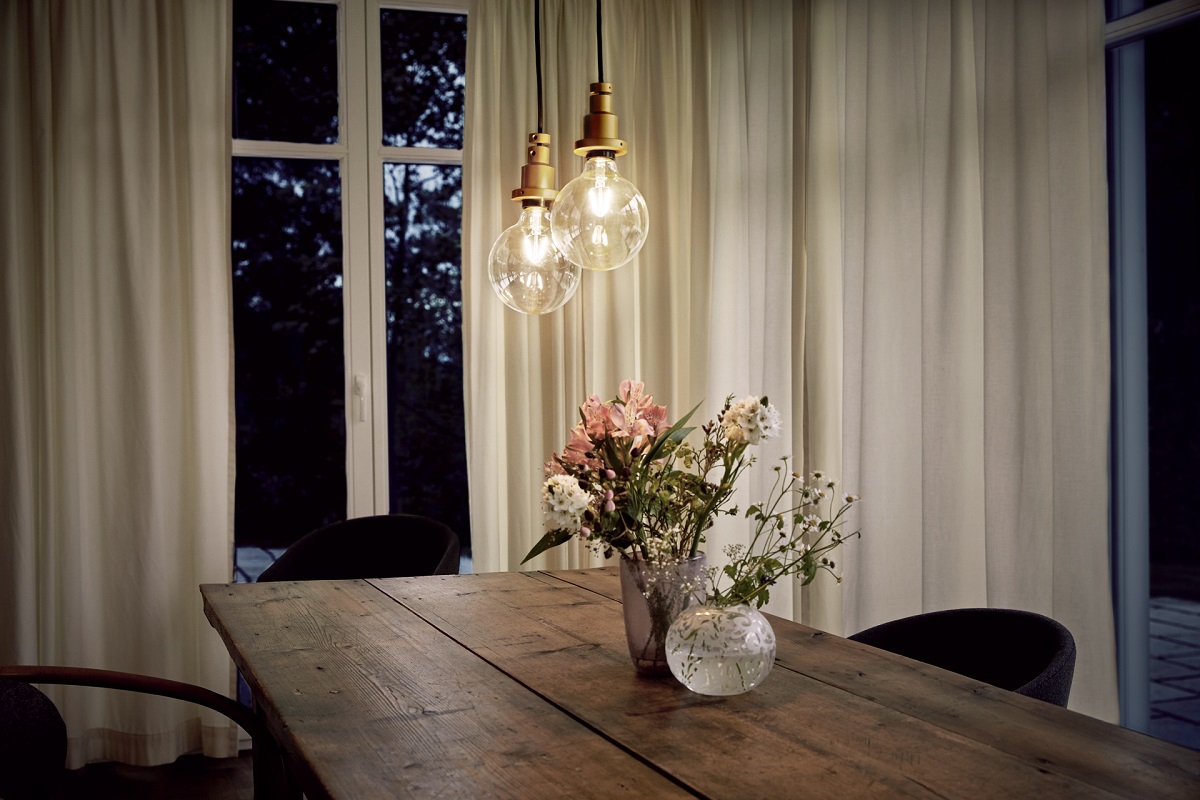
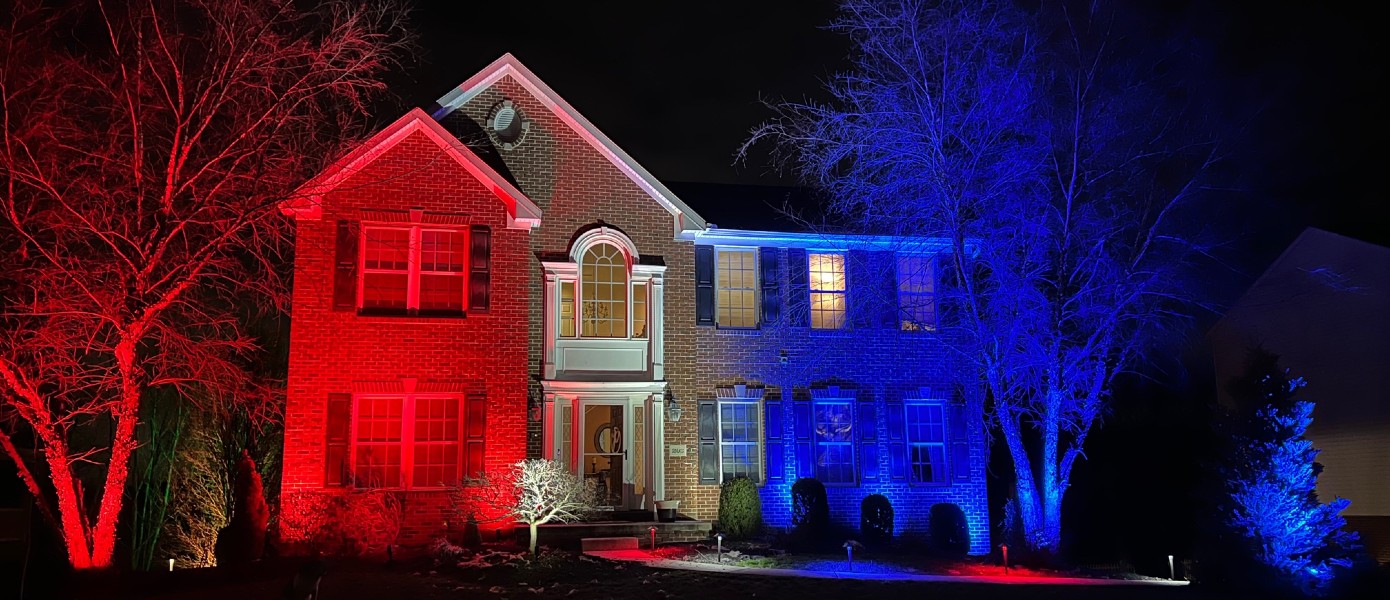
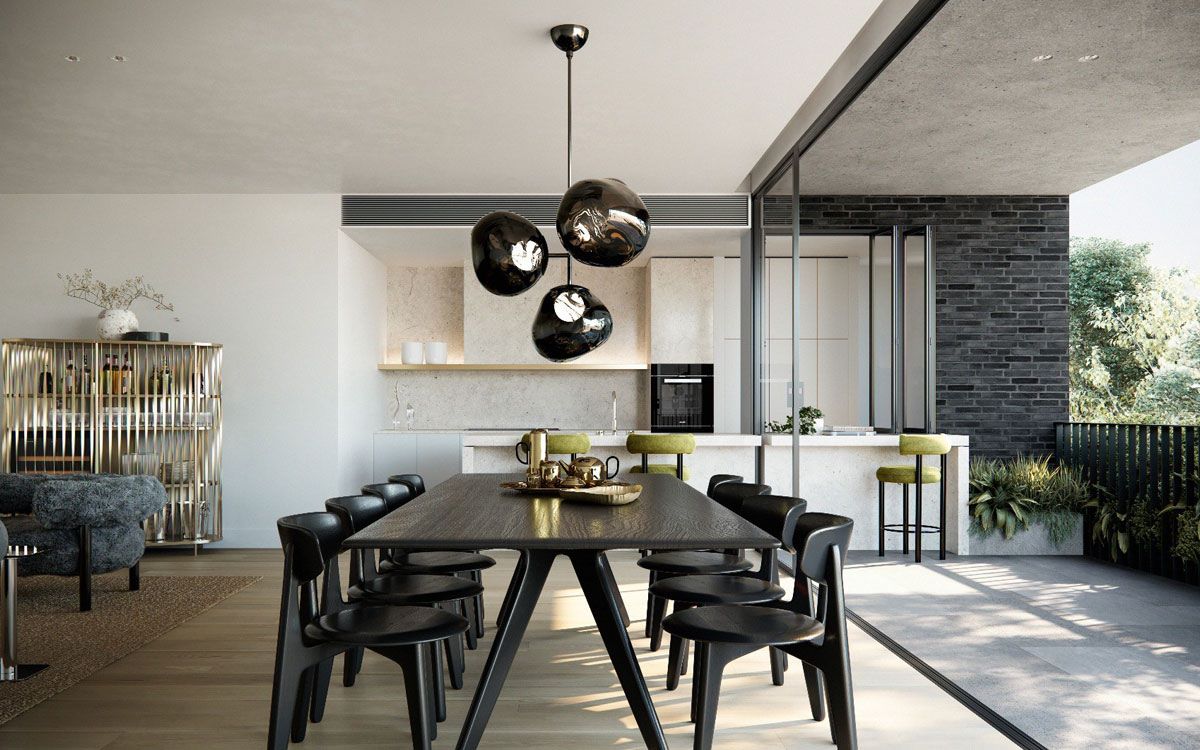
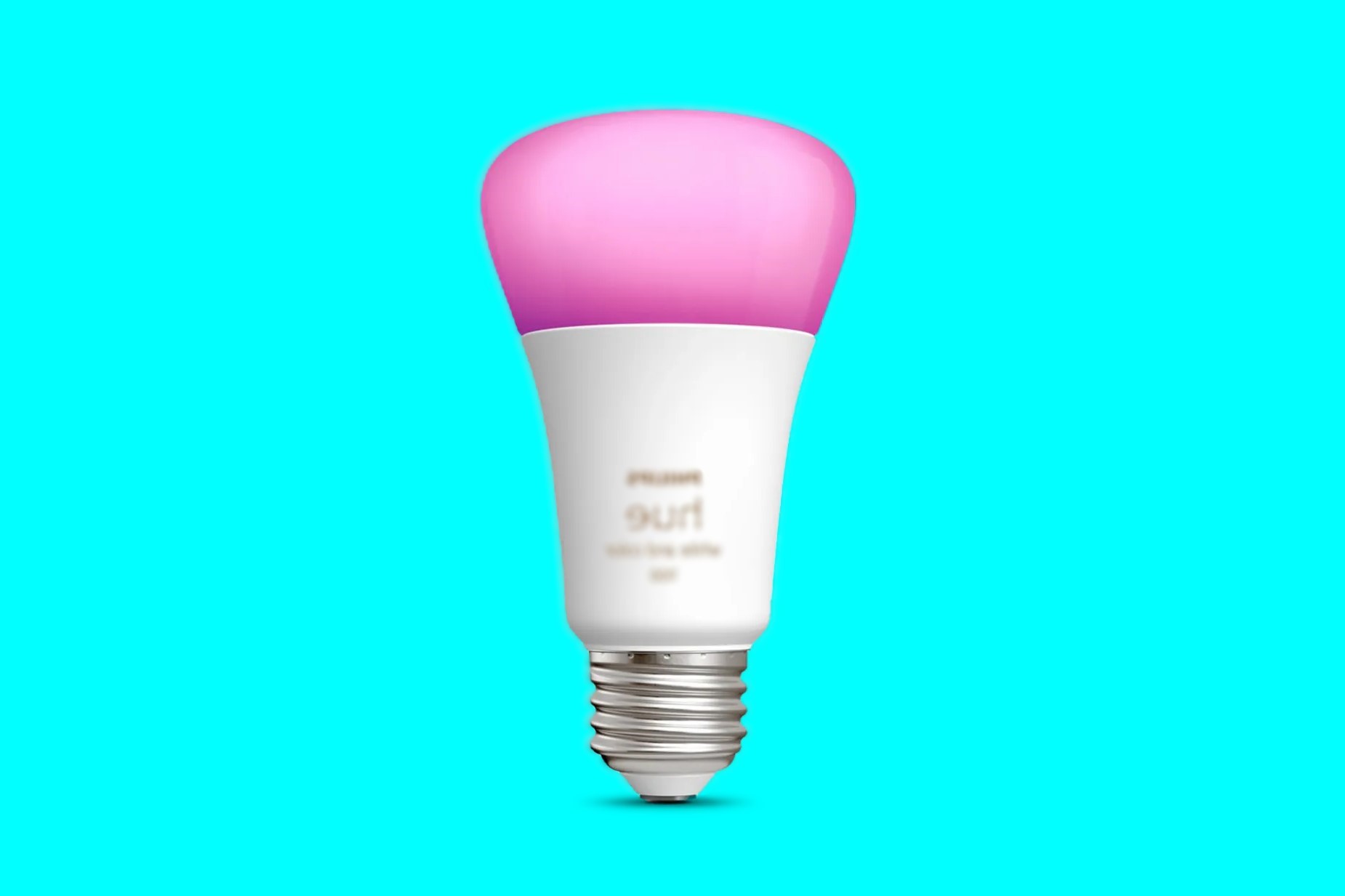
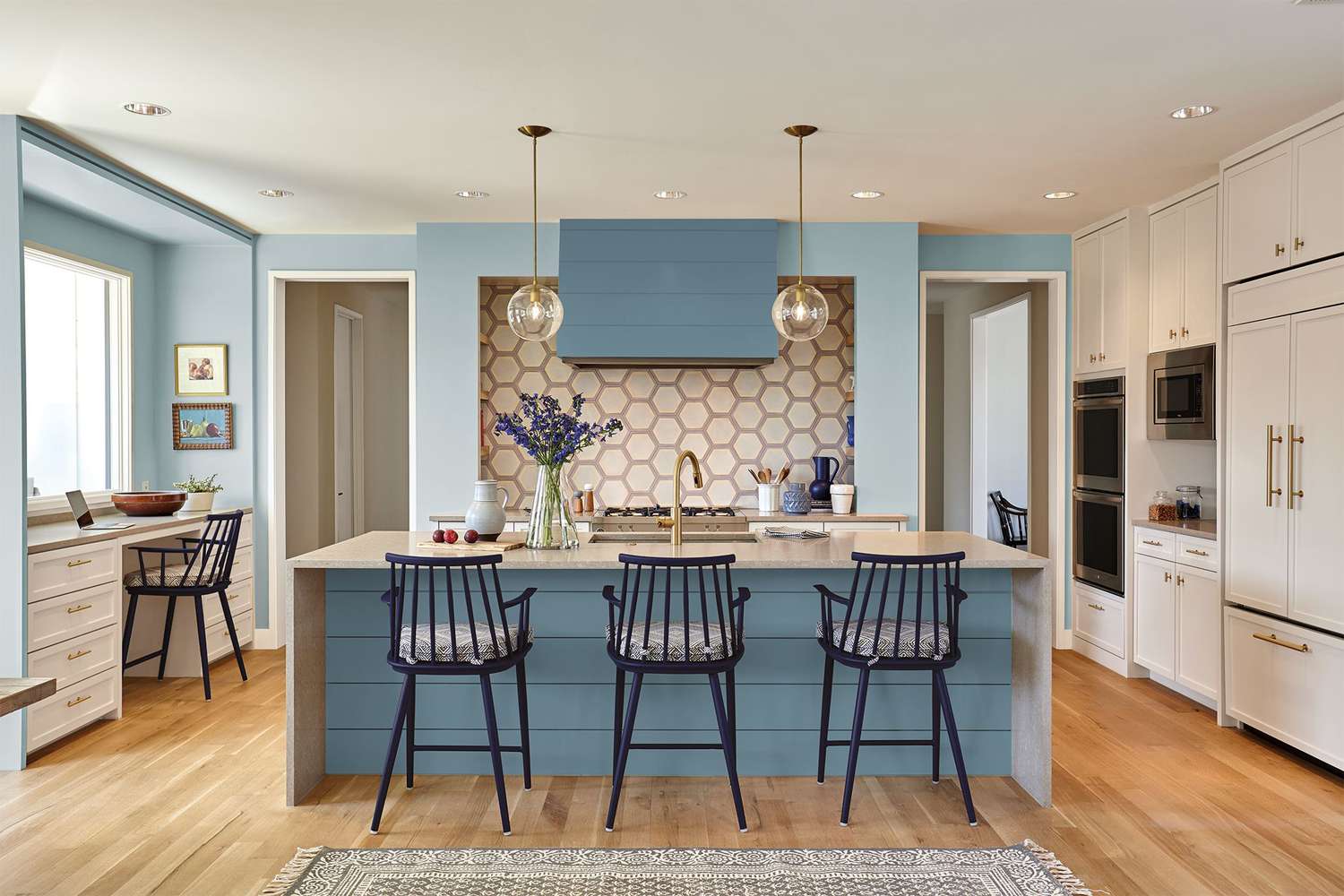

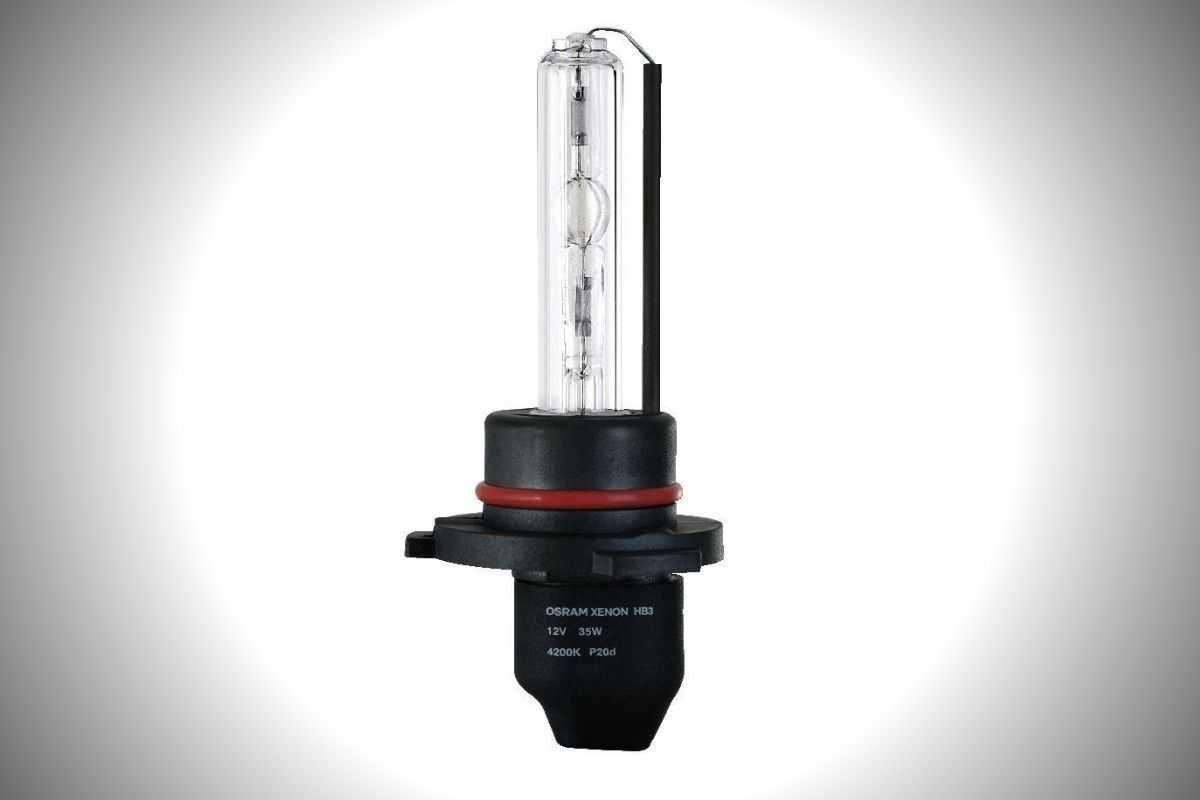
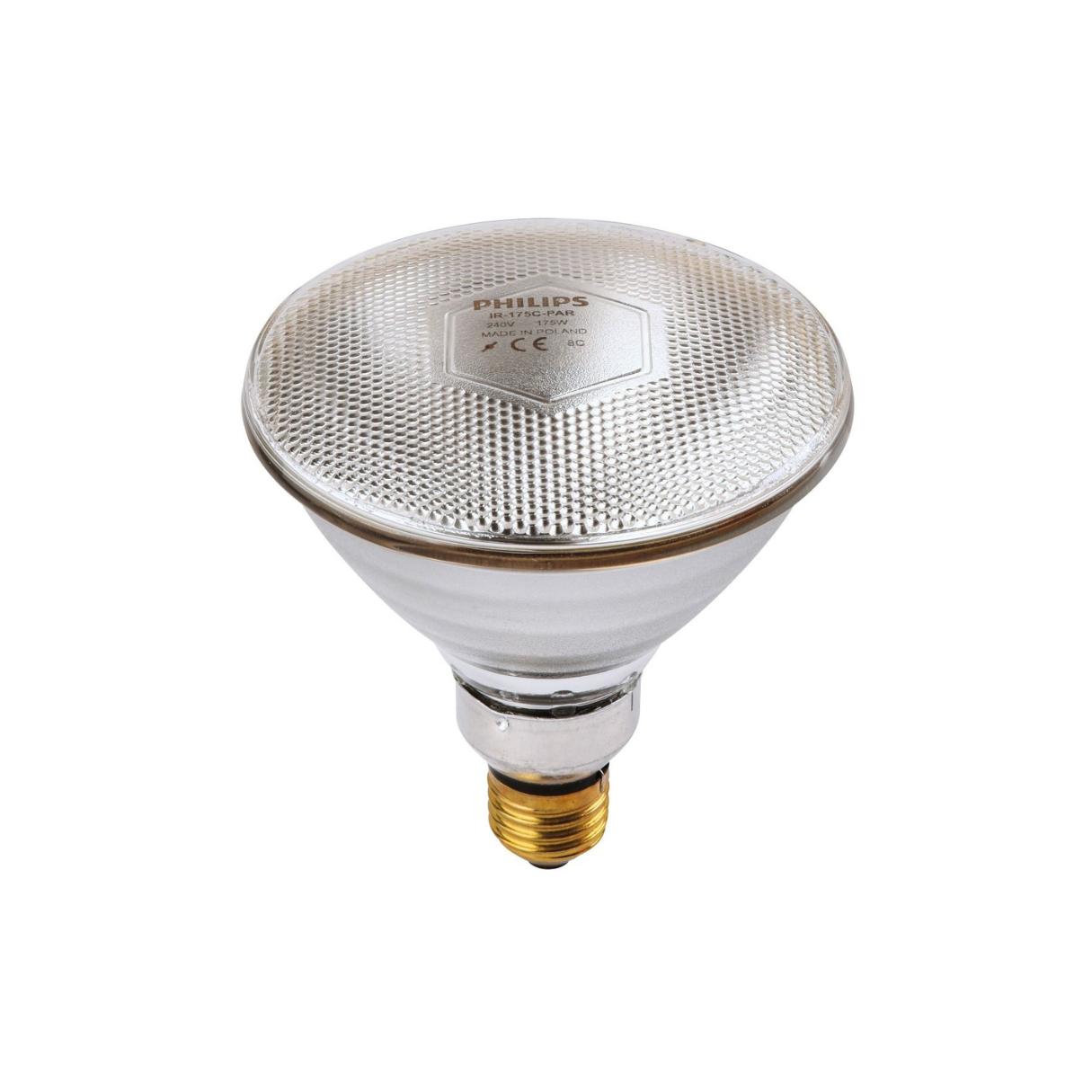
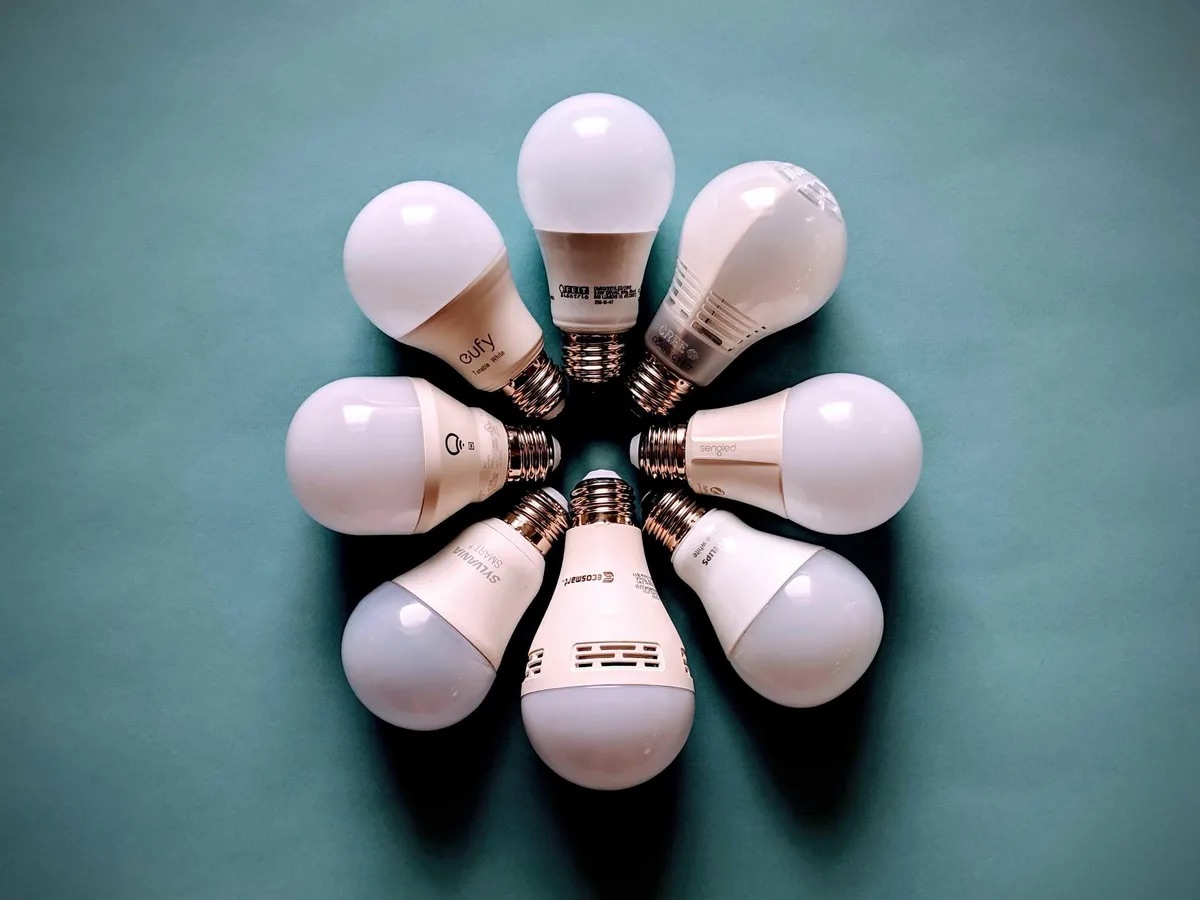
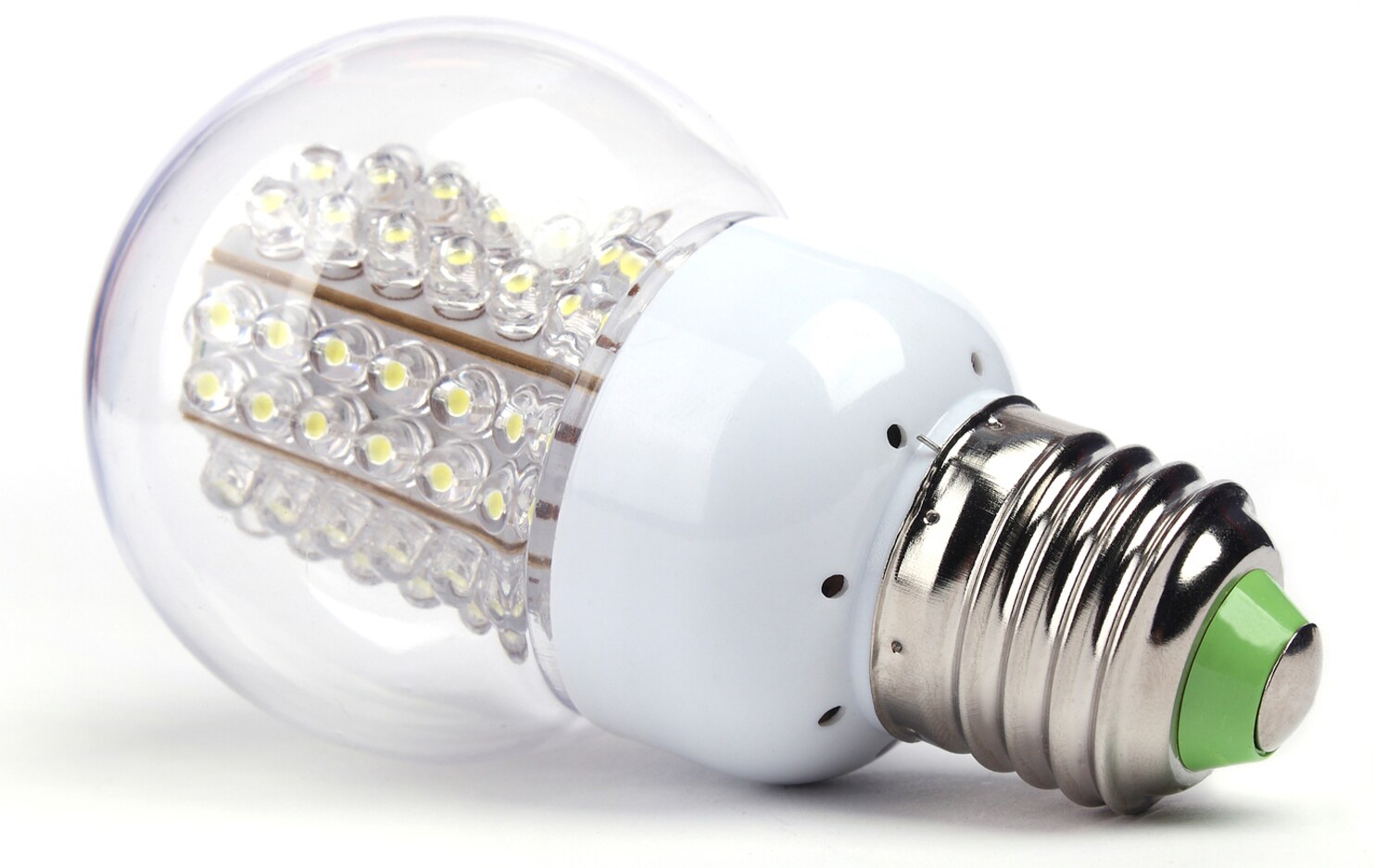
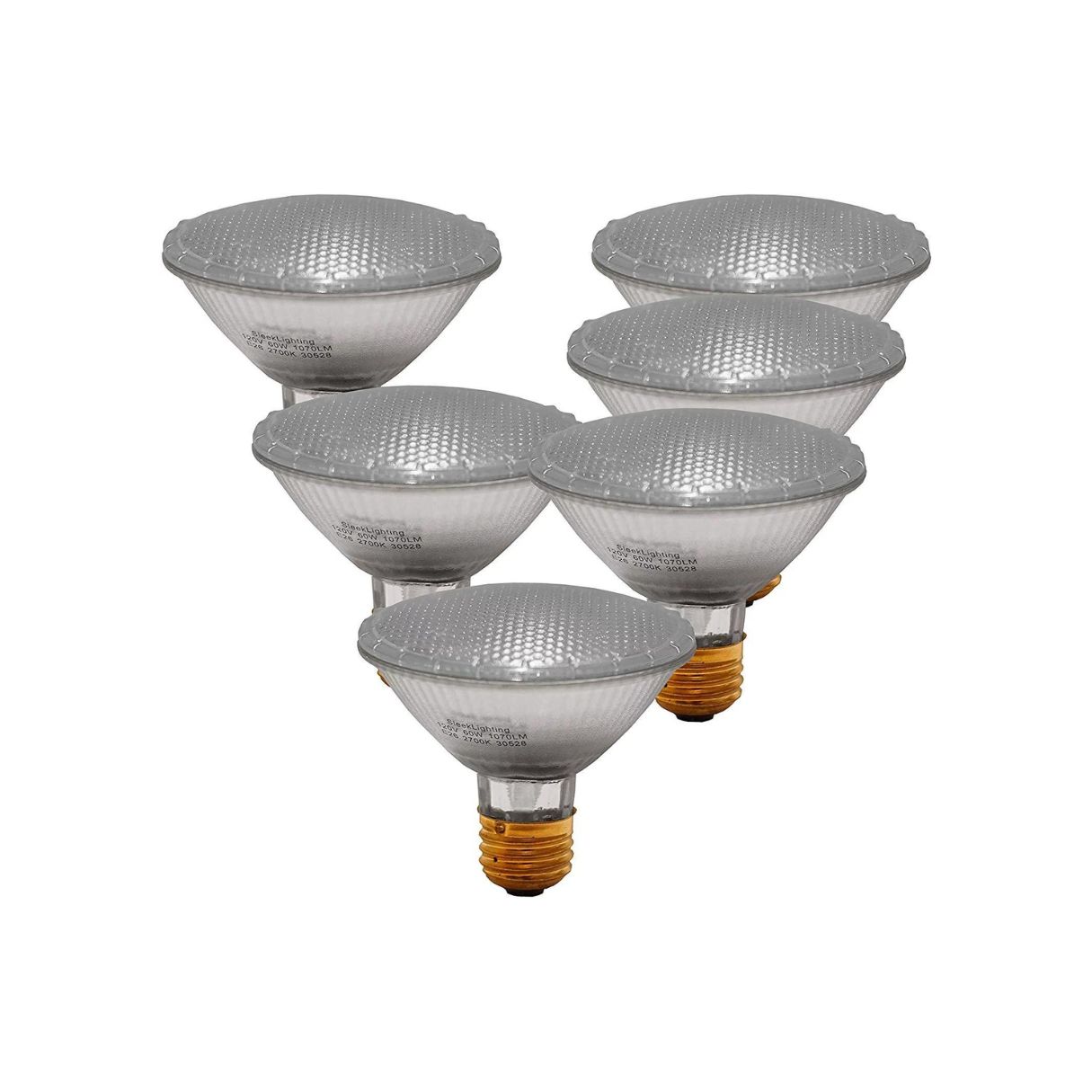

0 thoughts on “What Color Of The Light Bulb Is Best For Kitchen”